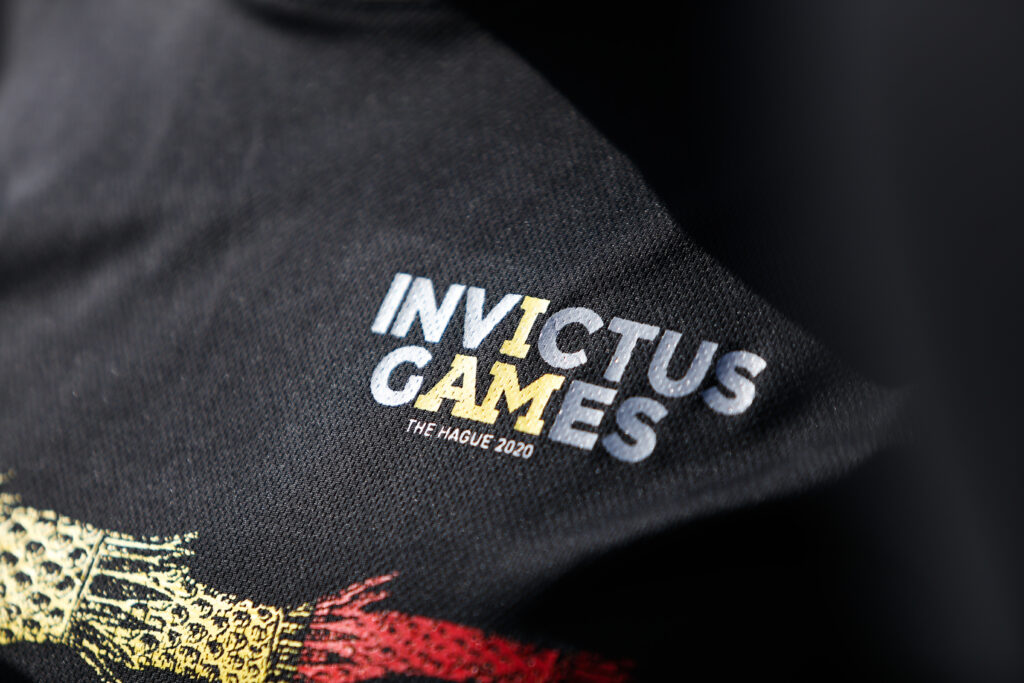Gender and sport ambition
In Norway, boys and girls participate in sport at about the same rate. But while boys are more likely to talk about becoming professional athletes and going “all in,” girls are more likely to talk about their goals in terms of skill development. Cultural narratives influence girls’ and boys’ sport-related ambitions, which in turn influences…
LGBTQI2S inclusion
Young adults who identify as LGBTQI2S are “game to play” sports, but frequently report experiences of discrimination and exclusion. Sport programs that are not based around biological sex or gender, but rather provide inclusive and affirming spaces that celebrate diversity, have strict zero-tolerance approaches to homophobia, biphobia and transphobia, and emphasize fun help to create…
Promising practice
A partnership between Brock University and the Niagara 2022 Canada Summer Games is raising the bar for legacies from major games. In addition to infrastructure and operations legacies, the university has invested in a number of academic legacies – research, curricular connections, and community engagement. With universities and colleges common Canada Games partners, the model…
eSports
Playing sport video games could encourage people to follow and participate in real-life sports. In a study of American college students who played sport video games, 72% became a fan of a real-life sport team and 87% said that playing video games increased their interest in playing the sport in real life.
Remembrance Day
Today we observe Remembrance Day and reflect on the sacrifices our Veterans have made, past and present. Take some time today to learn more about the Canadian Armed Forces (CAF) Sports Program, a program that plays an important role in promoting sport and physical activity in the military community.
We are family: How sport programming can support military families after illness and injury

“I think the whole notion is that it’s the family that serves and it’s the family that heals together through something like this. Nobody does it alone. So I think it’s recognizing the whole family and how they’ve had to work together to get to this point or to heal.” Invictus Games family member Remembrance…
Pick-up basketball
Playing pick-up sports, ranging from hockey to basketball to soccer, can have a positive impact on players’ wellbeing. In a case study of a weekly pick-up basketball game, researchers found that regular players developed a sense of belonging, community and kinship through their weekly games.
Post-pandemic opportunities
For persons with disabilities, a ‘return to business as usual’ in the sport and physical activity sector post-pandemic isn’t ideal. Instead, members of this community are encouraging sport facilities to use this opportunity to address ongoing accessibility issues. For example, facilities should consider features such as wider doorways or more space between equipment in a…
How early is too early?
Research shows that the accuracy of draft selections in professional sports is poor, and yet many youth sport teams are making selections at increasingly younger ages – with athletes who have yet to fully develop. This begs the question: How early is too early to be making selections in sport?
Traditional games
Traditional games, which incorporate traditional ways and Indigenous values, provide a unique opportunity to enhance the sport experiences of Indigenous youth. In fact, research shows that engaging Indigenous youth in traditional games can promote cultural pride, interaction with elders and connection to the land, as well as physical literacy and fundamental movement skills.